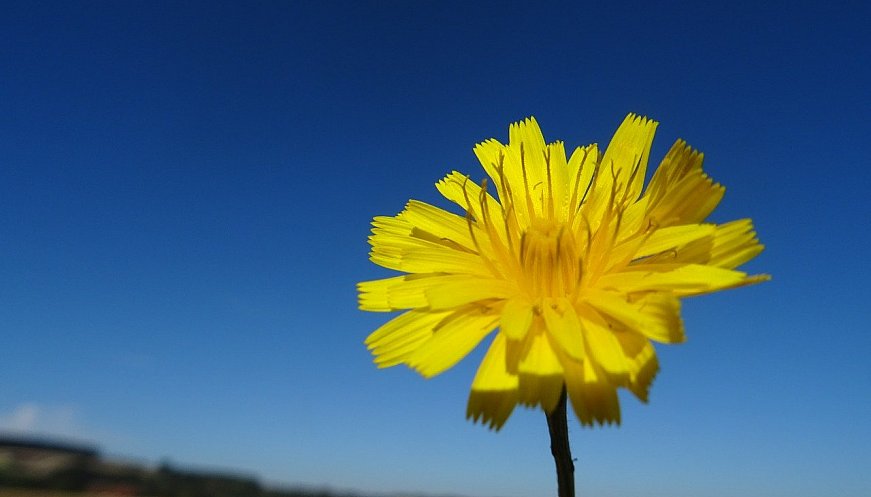 Photo: Carlos Felix | Pixabay
Photo: Carlos Felix | Pixabay
Areas subject to mining, quarrying and road development often can have irreversible impacts on the natural landscape and vitality of biotic communities. The late English botanist Walter Scott gathered Pugsley flowers (Hieracium hethlandiae) from a prospective quarry site, raised them and, inevitably, with the help of the non-profit Shetland Amenity Trust's horticultural unit, preserved their future. Interestingly, the botanist community in the UK, including the UK National Biodiversity Network, was unaware of these conservation efforts and considered the plant species extinct. H. hethlandiae is one of 17 plant species that were found alive in Europe and whose endangered and/or extinct classification status is currently being reviewed by the scientific community. This article presents some of the complexities of the scientific monitoring and classification processes for endangered plants and highlights the importance of local knowledge and the increasing role that citizen scientists and digital platforms like iNaturalist, Pl@ntnet, GBIF are contributing to the comprehensiveness of these assessments. It also reminds us that extinction listings aren't necessarily permanent endpoints, but fluid designations.
More:














